International Standards:
- ASME B16.9(U.S. Standard):Class 150, 300, 600, 900, 1500, 2500
- EN 10253-2(European Standard): PN6 to PN100.
- JIS B2311(Japanese Industrial Standard):5K to 40K
- GOST 17376-2001(Russian/CIS Standard): 0.1 MPa to 25 MPa
- SABS 1123(South African Standard): PN6 to PN25.
- DIN 2617 : PN6 to PN40.
- BS 1965(British Standard): PN6 to PN40.
Pros:
- Symmetrical Flow Distribution: Ensures balanced flow splitting in all four directions.
- Simplified Layout: Reduces the need for multiple tees or adapters in complex systems.
- Material Flexibility: Available in carbon steel, stainless steel, and alloys (e.g., Duplex 2205).
- High-Pressure Capability: Seamless designs (e.g., ASTM A234) suit critical high-pressure applications.
- Low Turbulence: Smooth internal surfaces minimize pressure drop in low-viscosity fluids.
Cons:
- High Stress Concentration: Intersection points are prone to fatigue under cyclic loading.
- Space Constraints: Requires significant installation space due to its “+” shape.
- Cost: More expensive than tees due to complex manufacturing.
- Flow Interference: May cause turbulence in high-velocity or multiphase flow systems.
- Limited Use Cases: Rarely needed in simple pipelines; often replaced by tees and elbows.
Description
An Equal Cross (or Straight Cross) is a pipe fitting with four openings of the same diameter arranged in a “+” shape. It is used to connect four pipes of identical diameter, enabling flow distribution in multiple directions. Equal crosses are commonly used in fire protection systems, HVAC networks, and industrial pipelines requiring symmetrical flow splitting.
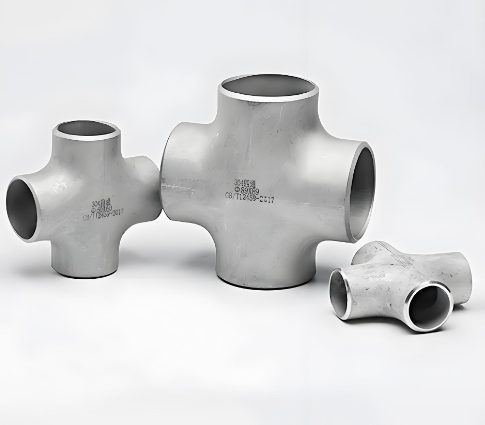
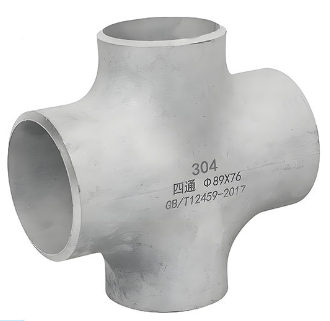
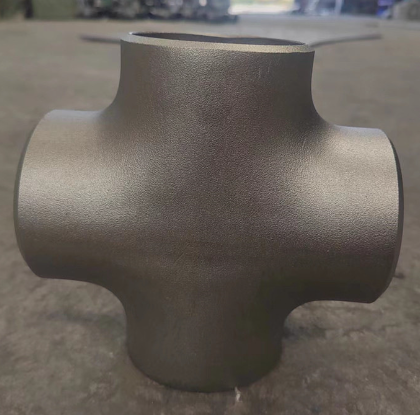
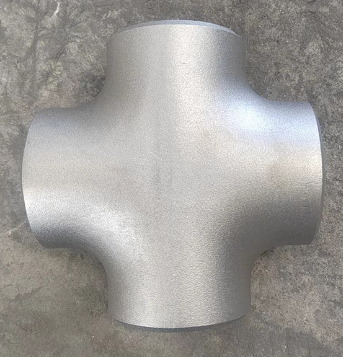
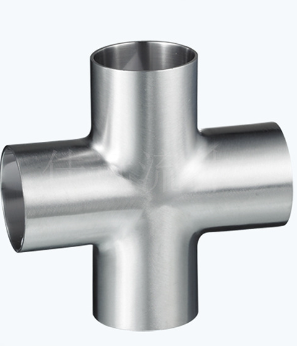



xenia –
GOOD.